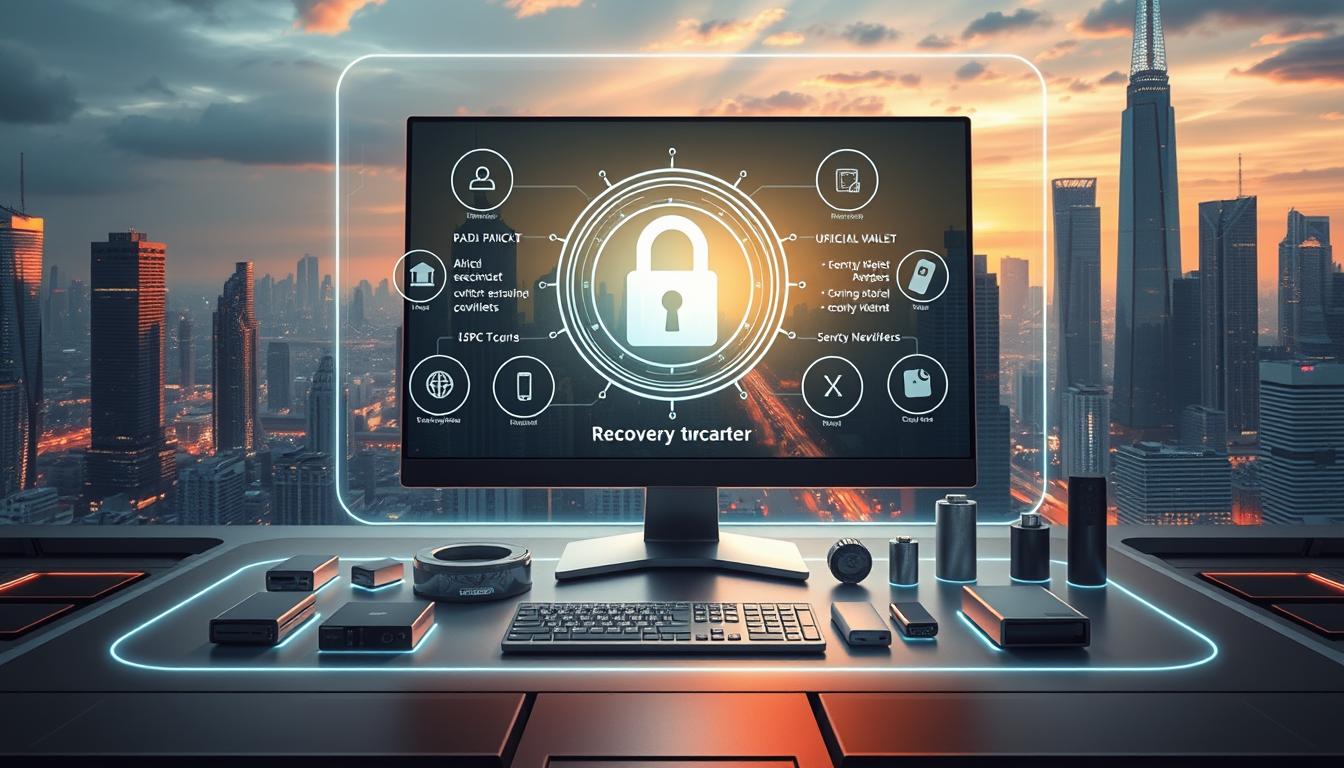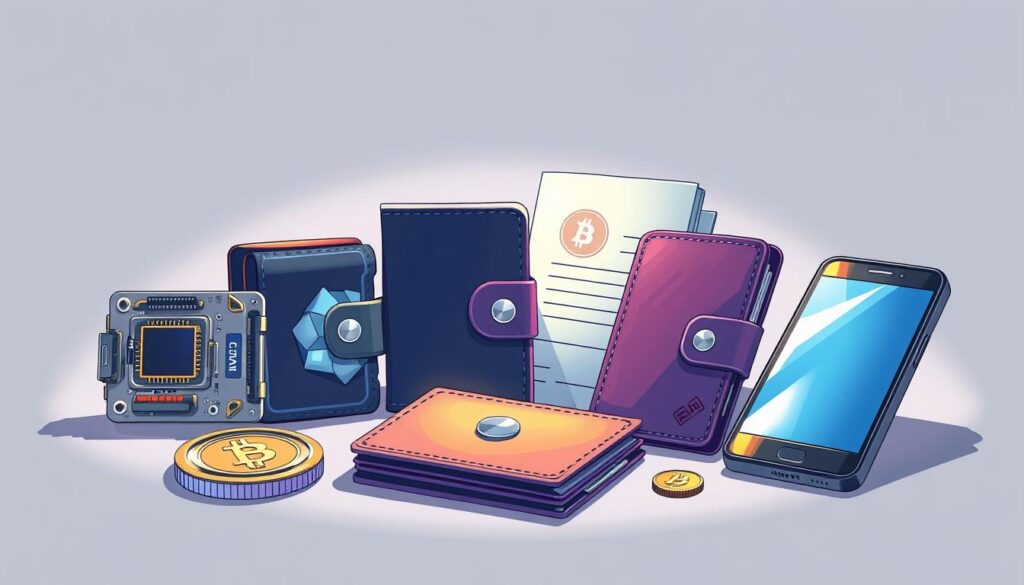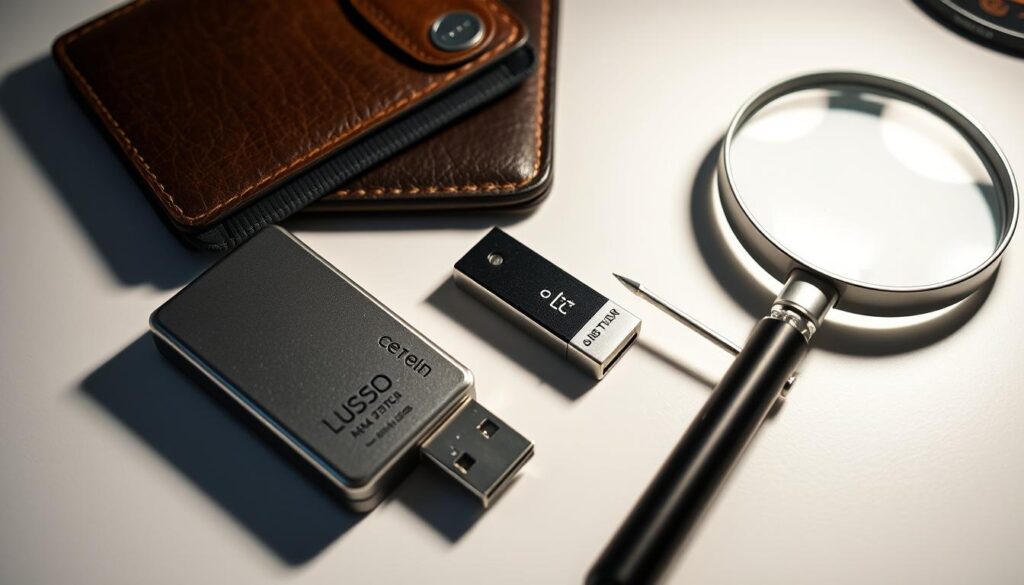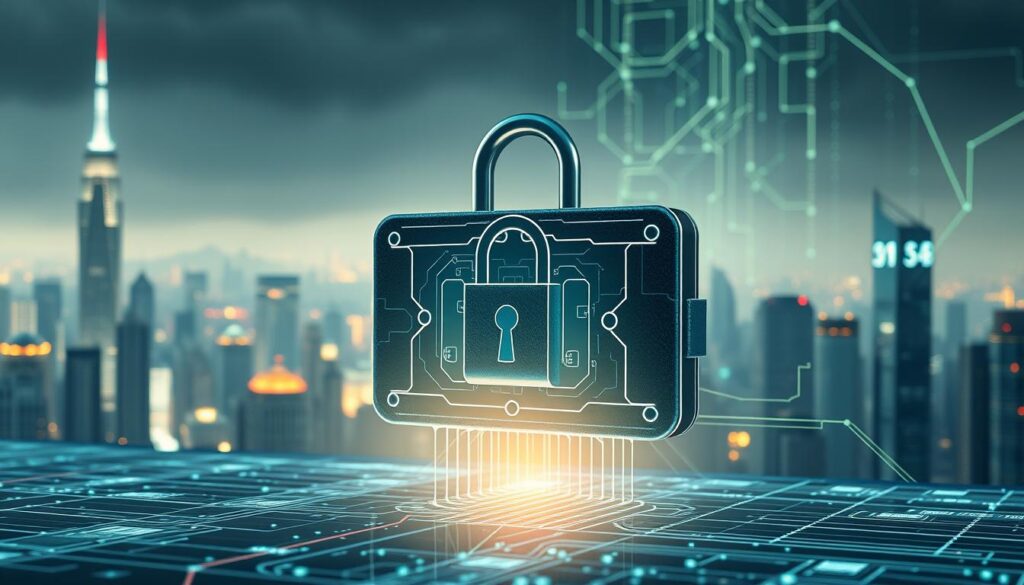Now Reading: How to recover lost cryptocurrency from forgotten wallet passwords and private keys
- 01
How to recover lost cryptocurrency from forgotten wallet passwords and private keys
How to recover lost cryptocurrency from forgotten wallet passwords and private keys

Blockchain technology revolutionized finance, but its security features create unique challenges. Research shows nearly 29% of all Bitcoin remains inactive in dormant wallets, representing billions in inaccessible value. Unlike traditional banking systems, blockchain networks operate without central oversight – a double-edged sword for asset protection.
When passwords or private keys disappear, digital holdings become effectively stranded. The immutable nature of distributed ledgers means no institution can override security protocols. This reality creates urgent questions for those facing locked accounts or misplaced credentials.
Specialized recovery methods exist, but success depends on multiple factors. Wallet types, security measures, and available backup information all influence outcomes. Acting swiftly improves chances, as repeated failed access attempts might trigger permanent safeguards.
Key Takeaways
- Over a quarter of Bitcoin supply remains inaccessible in dormant wallets
- Blockchain’s decentralized structure prevents third-party intervention
- Multiple recovery paths exist depending on wallet type and situation
- Immediate action increases restoration success likelihood
- Professional services can assist with complex technical challenges
Modern solutions combine software tools with cryptographic expertise to navigate these obstacles. While no guarantees exist, systematic approaches have helped many reclaim their digital property. The following sections detail practical strategies for various scenarios.
Understanding the Complexity of Lost Cryptocurrency and Forgotten Wallet Passwords
Digital asset security hinges on cryptographic keys – unique codes granting access to blockchain holdings. Unlike bank accounts with password reset options, these keys function as irreversible gatekeepers. Once misplaced, billions in value become digital ghosts trapped in unresponsive wallets.
The Unforgiving Architecture of Decentralized Systems
Bitcoin’s design eliminates intermediaries, placing full control in users’ hands. This freedom comes with absolute responsibility – no institution can override transaction records or regenerate private keys. A 2023 Chainalysis report estimates 6 million BTC remain permanently stranded due to lost passwords or device failures.
When Protection Becomes a Prison
Common access disasters include:
- Hardware malfunctions erasing seed phrases (21% of cases)
- Phishing attacks compromising wallet credentials
- Legacy planning gaps when owners pass unexpectedly
Human error accounts for 26% of lost bitcoin incidents, often through simple oversights like mislabeling USB drives containing key backups. Each scenario underscores the critical need for robust security protocols in decentralized finance ecosystems.
Identifying Your Crypto Wallet Type and Available Recovery Options
Cryptocurrency storage solutions vary dramatically in their design and recovery mechanisms. Four primary categories exist, each requiring distinct approaches when access issues arise. Knowing your specific type is the first step toward potential restoration.

Access Paths by Storage Method
Custodial wallets from exchanges simplify recovery through standard login processes. Platforms like Coinbase let users reset credentials via email verification, similar to traditional financial accounts. This centralized approach offers convenience but reduces personal control.
Software-based solutions store keys locally on devices. These hot wallets depend on seed phrases – 12-24 word sequences acting as master keys. Losing this phrase often means permanent lockout unless securely stored cryptocurrency backups exist in cloud services or external drives.
Physical Storage Vulnerabilities
Hardware devices like Ledger Nano provide enhanced protection through offline key storage. However, damaged USB ports or forgotten PIN codes can block access. Recovery typically requires both the physical device and its original seed phrase documentation.
Paper wallets present the highest risk, relying solely on printed QR codes or alphanumeric strings. Without digital backups or duplicate copies, coffee spills or faded ink become catastrophic events. A 2022 University of Chicago study found 83% of paper wallet users eventually lose access through physical degradation.
Common technical failures include:
- Corrupted hard drives erasing wallet.dat files
- Smartphone damage destroying app-based storage
- Outdated operating systems rendering software incompatible
Human mistakes compound these risks. Formatting drives without backups or misplacing seed phrase notes account for 37% of access issues according to recent cybersecurity reports. Proactive planning remains critical for all storage methods.
How to recover lost cryptocurrency from forgotten wallet passwords
Regaining access to digital assets begins with methodical investigation of stored credentials and backup systems. Modern security protocols provide multiple recovery pathways when primary access methods fail.

Utilizing Seed Phrases and Backup Files
Seed phrases act as universal masters for most contemporary storage solutions. These 12-24 word sequences enable complete account restoration when original credentials disappear. Start by checking physical storage locations:
• Fireproof safes and lockboxes
• Password manager notes
• Encrypted cloud backups
Digital recovery tools like Recuva help retrieve deleted wallet files from storage media. For Mac users, TestDisk restores corrupted partitions containing critical access data. Always work with copies of storage devices to prevent permanent data loss during recovery attempts.
Locating Wallet Files and Private Keys
Software solutions store access information in specific system directories. Bitcoin Core uses wallet.dat files, while Ethereum relies on keystore JSON documents. Search these locations across devices:
• AppData folders on Windows
• Library directories on macOS
• External drives and legacy hardware
Recovered private keys require careful handling. Import them into trusted wallet applications using air-gapped devices when possible. Successful restoration depends on matching key formats with compatible software versions.
Step-by-Step Guide to Retrieving Access to Your Wallet
Reconstructing your digital asset history forms the foundation of successful restoration. Start by retracing your initial setup process through email archives, purchase receipts, or device backups. This systematic approach helps identify critical details about your storage method and security practices.

Reviewing Transaction History and Original Storage Methods
Blockchain explorers like Blockchair reveal transaction patterns showing where you stored assets. Search for:
- Dates matching known transfers
- Recipient addresses in your control
- Platform-specific transaction formats
Old emails often contain wallet provider clues or seed phrase storage reminders. Check cloud drives for encrypted notes mentioning specific brands like Trezor or Exodus. Device backups made before access issues might hold crucial wallet files.
Using Recovery Tools and Professional Services
Specialized software like BTCRecover analyzes password patterns using GPU acceleration. These tools work best when you remember partial credentials or common password variations. For complex cases:
- Choose services with forensic blockchain analysis
- Verify company credentials through cybersecurity registries
- Understand fee structures (often 20-30% of recovered assets)
Professional teams use multi-phase approaches combining data carving techniques with cryptographic brute-force attacks. Always secure regained access immediately by updating passwords and enabling 2FA.
Preventive Measures and Best Practices for Wallet Security
Effective cryptocurrency protection starts with layered security protocols. Combining advanced tools with disciplined habits creates multiple barriers against theft and accidental loss. This approach minimizes risks while maintaining accessibility for legitimate users.

Fortifying Access Credentials
Passwords require complexity beyond basic character mixes. Experts recommend 16+ character strings blending uppercase letters, symbols, and unpredictable number placements. Avoid personal references like birthdays or pet names.
Mnemonic phrases demand equal scrutiny. Generate 24-word sequences through certified tools rather than self-created combinations. Store these phrases in fireproof solutions like Billfodl steel plates – paper backups degrade rapidly.
Redundant Protection Systems
Maintain three encrypted copies of critical keys in separate locations. Use hardware wallets for daily transactions, keeping primary assets in cold storage. Update software monthly to patch vulnerabilities.
Enable two-factor authentication across all platforms. Pair biometric verification with physical security keys for maximum protection. Regular audits ensure backup integrity and access protocol compliance.
Navigating Common Recovery Challenges and Technical Pitfalls
Technical failures and cyber threats pose constant risks during restoration attempts. These obstacles demand strategic responses to prevent irreversible loss of digital assets. Let’s explore critical scenarios and proven countermeasures.
Overcoming Hardware Failures and Corrupted Data Issues
Storage media degradation affects 18% of recovery cases according to 2023 data. Damaged devices require careful handling:
- Use forensic data recovery tools like Disk Drill
- Create disk clones before repair attempts
- Check cloud backups for wallet file versions
Corrupted wallet.dat files often contain recoverable fragments. Specialists use hexadecimal editors to extract viable private keys from damaged sectors. Always work with duplicates – original media should remain untouched.
Mitigating Risks From Phishing Attacks and Malware
Cybercriminals exploit recovery urgency through fake tools and support portals. Recent campaigns mimic popular platforms like Bitcoin FX6 Recovery services. Red flags include:
- Unsolicited recovery assistance offers
- Requests for seed phrases via email
- Downloads from unverified sources
For complex cases, consider professional services offering secure recovery solutions. Always verify credentials through official blockchain registries before sharing sensitive information.
Implement sandbox environments when testing suspicious files. Malware scanners like Malwarebytes should run continuously during restoration workflows. Document every step to avoid repeating errors and track progress systematically.
Real-World Cases and Lessons from Lost Cryptocurrency Experiences
Digital wealth preservation failures have reshaped blockchain security practices. High-profile incidents demonstrate how momentary oversights can create permanent consequences across the decentralized finance world.
When Fortune Meets Misfortune
Satoshi Nakamoto’s original bitcoin wallet contains 1.1 million BTC untouched since 2010 – enough to rank among the world’s largest unrealized fortunes. James Howells’ 2013 landfill dilemma continues after nine years, with 8,000 BTC trapped in a discarded hard drive.
The Mt. Gox hack permanently erased 650,000 bitcoins, while early miners lost thousands through casual storage when BTC traded below $1. Stefan Thomas’ IronKey password mistake locked 7,002 BTC worth $235 million today.
Evolving Protection Strategies
These catastrophes taught crucial lessons. Multi-geographic backups and institutional-grade custody solutions emerged as responses. The QuadrigaCX collapse exposed risks of centralized access controls when 190 million CAD vanished with its CEO.
Modern security protocols address these vulnerabilities through:
- Distributed seed phrase storage
- Legacy planning documentation
- Professional recovery partnerships
While some assets remain lost forever, each case strengthens protective measures for future bitcoin wallet users. Continuous innovation strives to prevent history from repeating.













